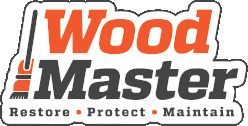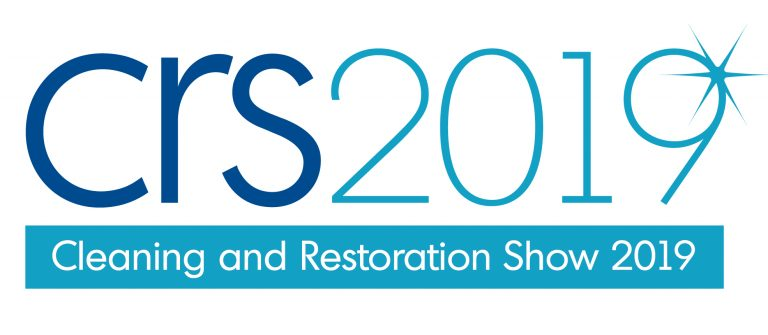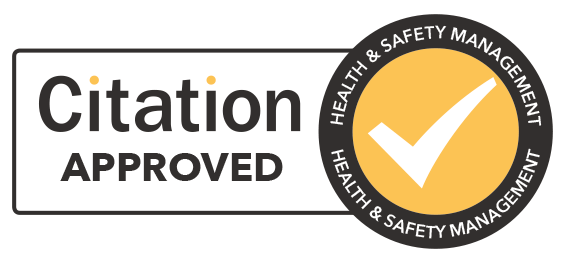Generally speaking, solid hardwood flooring is delivered pre-finished with lacquer and is ready to use as soon as it has been fitted. In areas that experience high levels of foot traffic however, or with floors that are subjected to spillages and require frequent cleaning, an additional coat of lacquer following installation may be recommended.
Regular cleaning
The floor should be swept and vacuumed daily. When necessary, it should be wiped with a well wrung out mop or cloth. For floors with a large surface area, our own TileMaster 40 machine or TileMaster Scrubber dryer machine is the best option. To increase the removal of dirt from the surface of the floor, a solution of TileMaster Cleaner No1 is advised. This can be added to the cleaning water or the scrubber dryer.
Floors which have recently been re-lacquered should not be cleaned for at least 72 hours.
Use of water – Important
Try to use as little water as you can for cleaning. Dry any excess pools immediately to prevent swelling and other types of water damage.
Protection & light restoration of the surface
If your wooden floor has lost is shine, you can use our specialist refresh product to mask minor scratches. If the damage is more serious, a gentle sand with a mesh disk and a top up of the lacquer can be used to rejuvenate a dull looking surface and protect the floor from when it was first sanded.
Long term maintenance
Periodically, when the lacquered surface becomes faded and worn, the floor should be gently cleaned, carefully sanded and then over-coated with the lacquer. The length of time between maintenance coats should be based mainly on the amount of foot traffic the floor receives.
Floors in high traffic commercial areas like retail spaces and restaurants require resealing more often than residential floors. It’s important that your floors are resealed before the lacquer wears through to bare wood. Inspect the floors regularly to avoid this.
Floor protection methods
Felt pads
Furniture is one of the main causes of marks to wooden floors. You can tackle this problem by fitting felt pads to chair or sofa legs. Remember that these pads will wear out eventually, you’ll need to replace them every so often to keep your floor protected. Wear and tear from office chairs and other furniture can be decreased with the use of purpose made plastic mats.
Barrier matting
A good quality barrier mat is a very effective way to keep dirt, water and grit from damaging the floor. Mats should be of sufficient size and the correct type to suit the type of building and number of users.
Stain removal
Dried stains are normally harder to remove than fresh ones. Always make sure you remove any spillages and stains as soon as possible.
For fruit juice, milk, cream, tea, soft drinks, beer, wine, coffee:
Remove with Cleaner No1 and Bug Kit
For chocolate, grease, oil, shoe polish, scuffs marks from shoes:
Remove with Cleaner No1 and Bug Kit
For ink, lipstick:
Remove with Cleaner No1 and Bug Kit
Prevention of slips and trips
A properly maintained and installed Junckers floor will have better slip resistance, but any spillage can make the floor slippery and increase the likelihood of accidents, so you should always remove them up immediately.
Use of adhesive tape and masking materials etc.
We suggest the use low tack adhesive tapes and masking materials. Adhesive on tape and logos sometimes have a very high tack value, which can damage the protective layer of lacquer if they’re pulled off quickly.






















